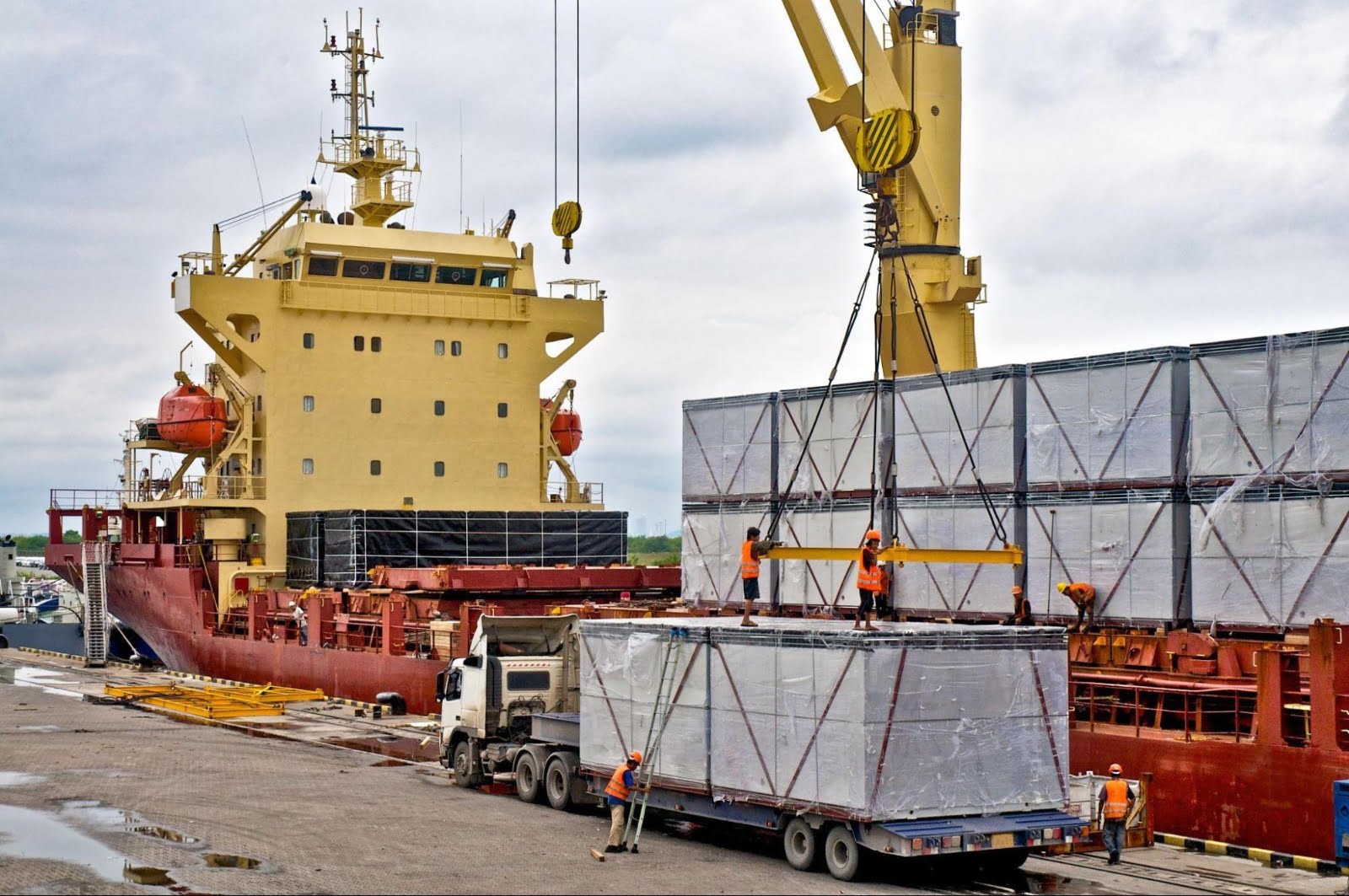Out Of Gauge (OOG) cargo, or any particular shipment that possesses non-standard dimensions which does not fit into standard shipping containers, can be tricky to move. Transporting OOG cargo is seen as a challenge for a myriad of reasons, from financial to logistical. Due to the non-uniform and tessellated shape of OOG cargo, most shipping and transport companies charge a premium for the movement of OOG cargo to make up for wasted space. Also, the sheer weight and dimensions of OOG cargo often requires specialised heavy-duty equipment to be handled and transported by sea.
By understanding the ins and outs of OOG cargo transport, you can ensure your move is as smooth and hassle-free as possible.
How To Move Out Of Gauge (OOG) Cargo
To properly move OOG cargo, logistics solutions and transport companies will have to consider some key points. These factors differ based on each specific OOG cargo and how they have to be handled. Before its transport, the technical details of the OOG cargo should be provided by respective engineers to highlight the cargo’s dimensions, centre of gravity, and stable lifting points. Transport and logistics teams can then better assess how to transport each particular OOG cargo. The following six factors can further help logistics management companies on how to best prepare for OOG cargo transport.
1. Have the right equipment to lift OOG cargo
Depending on how the cargo is loaded, a variety of equipment is necessary to ensure the safe allocation of OOG cargo. Heavy-duty forklifts are the go-to choice for efficiency and safety when OOG cargo is loaded in containers from the sides. However, cranes are used instead when OOG cargo is loaded in containers from the top. The cargo is then placed in the centre of the container for even weight distribution.
2. Certified lifting team & certified equipment
Before loading, ensure that the lifting team and equipment are certified to minimise any work hazards or losses. Operators of cranes and forklifts should have undergone extensive training to move heavy or large objects properly. OOG cargo containers must be stored in CSC 1972 Safety Approval Plates, which guarantee that containers are inspected within five years from their manufacture date and are reassessed every 30 months to ensure they are in prime operating conditions. The CSC 1972 plates also depict the details of the container design and their gross weights allow logistics and transport teams to balance the weight out onboard each transport vessel properly.
3. Inland transport planning
For inland transport planning, trucks are the de facto choice for many last-mile fulfilment needs. The key to inland transport planning boils down to selecting a logistics team that understands the requirements of each particular OOG cargo. They must be familiar with OOG cargo permit requirements and have the proper equipment to move your freight safely. As an added bonus, expert inland transport services will also do their due diligence and perform route surveys ahead of time to avoid environmental hazards such as low or narrow paths that might damage OOG cargo.
4. Storage requirement at the warehouse
Space is naturally of utmost importance when storing OOG cargo. Depending on how delicate and fragile the cargo is, special arrangements might need to be made for delicate instruments or cargo susceptible to temperature changes. Warehouse operators should be informed ahead of time and take appropriate measures to prevent unnecessary damage to the precious OOG cargo.
5. Type of sea freight transportation to use
Due to their unique sizes, OOG cargo typically requires open-top containers or flatbed containers to be stored safely during transport. The former have open tops that allow OOG cargo that can’t be loaded from side doors to be lifted by crane and stored safely. Meanwhile, the latter usually possess collapsible walls on the front and back while being open on the sides for wider OOG cargo. Although costlier than standard containers, flatbeds are more suited for extra-wide loads that may not fit narrower containers. In both cases, the OOG cargo is kept safe against the elements via tarps and shrink-wrap.
6. Inspection & documentation
Finally, as the OOG cargo begins its last mile towards fulfilment, inspection and documentation are key to ensuring proper procedures are followed. For example,companies need to check the specific permits required from each country for OOG cargo. Operational inspection may also be carried out to maintain the integrity of OOG cargo and ensure there is no foul play or damage throughout its journey.
Reliable Logistics Partner For OOG Cargo
Transporting and processing OOG cargo can be an uphill task should you be unprepared. If you have any uncertainty, logistics providers such as Halcon Primo Logistics serve as subject matter experts in all things freight. From reliable transport of OOG cargo to the safe storage of said goods, our integrated logistics solutions have you covered from start to end.


